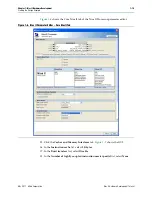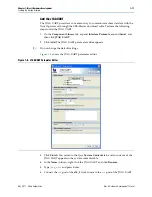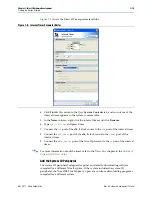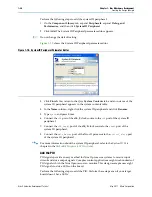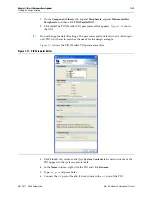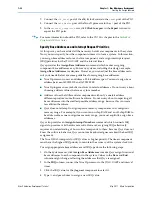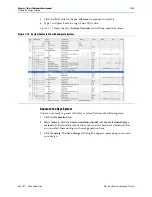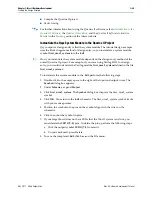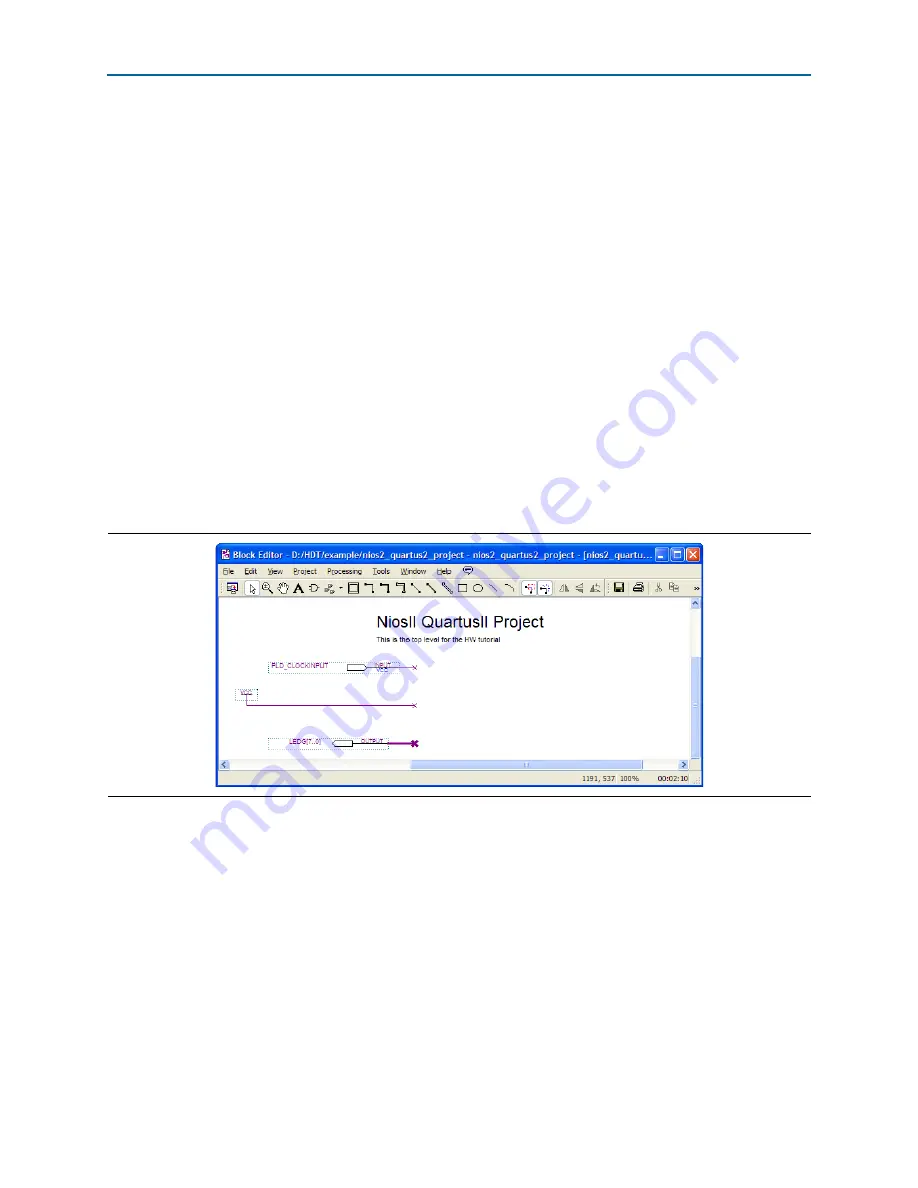
1–10
Chapter 1: Nios II Hardware Development
Creating the Design Example
Nios II Hardware Development Tutorial
May 2011
Altera Corporation
To open the Quartus II project, perform the following steps:
1. Start the Quartus II software.
On Windows computers, click
Start
, point to
Programs
,
Altera
,
Quartus II
<version>
,
and then click
Quartus II
<version>
. On Linux computers, type
quartus
at a shell command prompt, assuming the Quartus II program directory is in the
search path.
2. Click
Open Existing Project
on the splash screen, or, on the File menu, click
Open
Project
. The
Open Project
dialog box appears.
3. Browse to the
<design files directory>
.
4. Select the file
nios2_quartus2_project.qpf
and click
Open
. The project opens.
5. To display the Block Diagram File (
.bdf
)
nios2_quartus2_project.bdf
(
perform the following steps:
a. On the File menu, click
Open
. The
Open
dialog box appears.
b. Browse to the
<design files directory>
.
c. Select
nios2_quartus2_project.bdf
and click
Open
.
shows the
nios2_quartus2_project.bdf
file.
The
.bdf
contains an input pin for the clock input and eight output pins to drive LEDs
on the board. Next, you create a new Qsys system, which you ultimately connect to
these pins.
Create a New Qsys System
You use Qsys to generate the Nios II processor system, adding the desired
components, and configuring how they connect together. To create a new Qsys
system, click
Qsys
on the Tools menu in the Quartus II software. Qsys starts and
displays the
System Contents
tab.
Figure 1–3. Design Example Block Diagram File



















